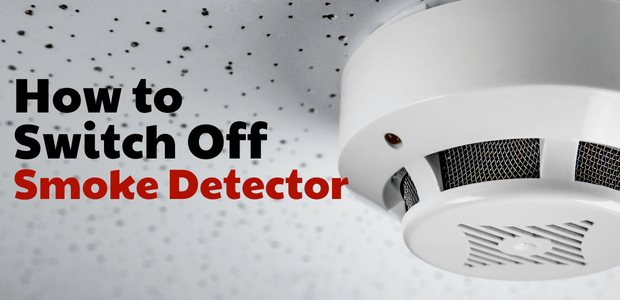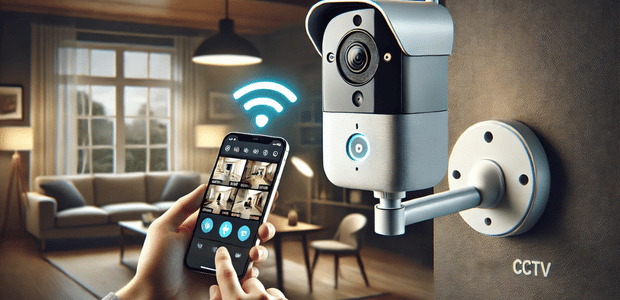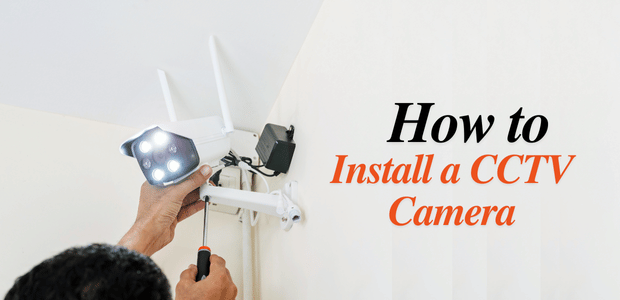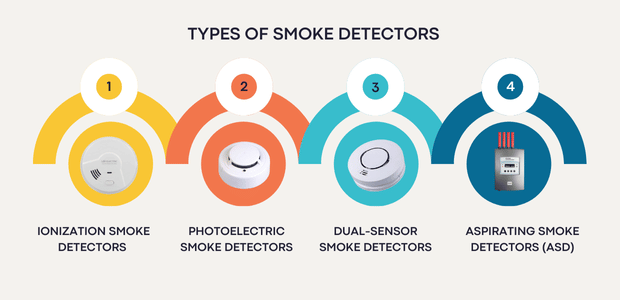How to Switch Off Smoke Detector

- March 14, 2025
- Interface Digital
Smoke detectors are safety devices that help protect lives and property by alerting you to the presence of smoke or fire. Smoke detectors are also known as sealed smoke alarms. However, there are times when you might need to switch off a smoke detector alarm—whether due to a false alarm from cooking, a low battery warning, or a malfunction. While turning off and changing smoke alarm may seem simple, it’s crucial to do it correctly and safely to avoid compromising your home’s fire protection. Let’s explore when and how to switch off smoke detector alarms while keeping safety in mind.
How to switch off smoke detectors? Step-by-step guide
There are different fire alarm system smoke detectors on the market, each having different power sources and control mechanisms. What if it goes off unexpectedly? Do not worry; follow the steps on how to switch off smoke detector alarm guide down below:Battery-Operated Smoke Detectors
- Press and hold the reset button: The reset button is typically located in the center or front of the alarm. If it's not visible, feel around the alarm's sides and press and hold it for 15–20 seconds until the alarm stops.
- Remove the alarm if it doesn't stop making noise: If battery alarms are still making noise, remove the smoke alarm from the wall by gently pushing it away, potentially counterclockwise. Check for any wire and, if required, unclip the connector that connects the alarm wiring to the wall wiring.
- Remove the batteries from the alarm: A battery cover may be provided above the batteries. To activate the battery operated smoke alarm, insert your finger and raise the battery cover. Once the cover has been opened, remove the batteries from the battery powered smoke alarms.
- What to do if you cannot remove the battery: The lithium fire detector battery is a critical component of battery powered smoke detector. It can be difficult to remove. Therefore, it is suggested to place your blanket-wrapped alarm beneath a sofa or in your freezer till it turns off.
Hardwired Smoke Detectors
- Reset and Hold button: To reset hardwired smoke alarms, look for a reset button in the middle, on the front, or on the sides. Press and hold the button on each smoke alarm until the beeping stops.
- Turn the circuit breaker off and switch it on if the beeping does not stop: First, locate the service panel in your house, then open the door and find the main breaker switch, if not labeled, at the top. Flip the switch off and back on until the alarm stops.
- What to do if it is still beeping: If it continues to make noise, then remove it. First, remove each alarm from the wall or ceiling and unclasp the connector that connects the alarm to the walls. If you can't reach them, stand on a solid chair and ask someone to help you.
- Remove the battery if beeping does not stop: Backup batteries may be installed in wired smoke alarms, and they may be removed by unscrewing the battery cover with a plastic latch and a finger or screwdriver.
Smart Smoke Detectors and WiFi Connectivity
Install the brand's app: Firstly, install the brand’s app. Note that your WiFi must be on while installing the batteryless smoke detector.
Pairing the detectors with the brand’s app: Smart smoke detectors should be paired with the brand's app. Note that you should have the same WiFi while pairing and must be within reach.
- Find out the controls: Lastly, find the controls (which may vary by each brand) to operate the smart smoke detectors in your brand’s app. Once you figure out the controls, then silence the alarm.
How To Temporarily Silence Alarm
If you don’t want to disable your smoke detector completely, here are some methods for how to switch off smoke detector temporarily.1. Adjust the temperature settings in your home
If your smoke alarm only chirps at certain times, it may be responding to temperature fluctuations inside your house. Adjust your thermostat to keep the temperature consistent throughout the day, and notice if the chirping stops.2. Clean the Smoke Detector
Dust and debris can cause false alarms. Regularly smoke detector cleaning is necessary. Use a soft brush or compact air to clean. It will help prevent unnecessary alerts.3. Relocate the Detector If Necessary
If your smoke detector is too close to a cooking area or bathroom, consider moving it to a better location where it won’t be triggered by day-to-day activities.When to Replace or Upgrade Your Smoke Detector
The lifespan of smoke detectors is ten years. After which you may have to replace or upgrade your device.Signs of a Failing Smoke Detector
There are three possibilities that indicate the failure of smoke detectors.- Despite cleaning alarms, there are still frequent false alarms
- There are no responses when testing the alarm.
- There are still chirping sounds after replacing the battery.









